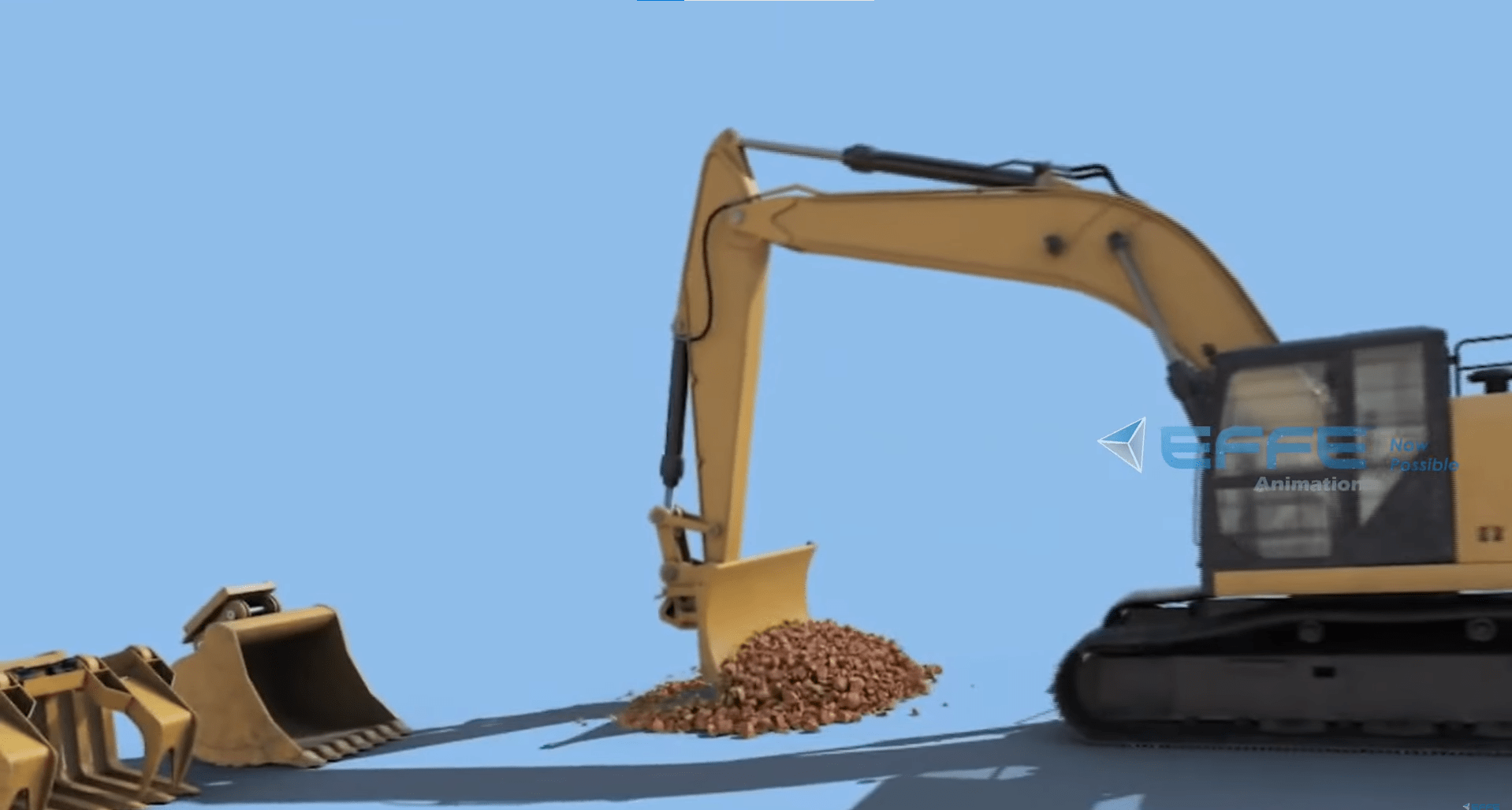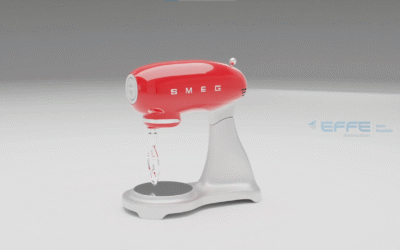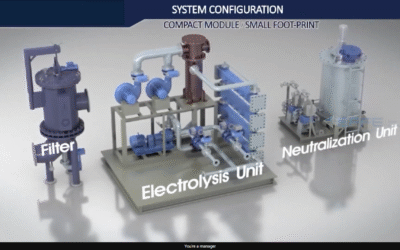Project Title:
Excavator Hydraulic Mechanism Explainer – 3D Product Animation
Short Description:
This project involved creating a highly detailed 3D product animation for excavator to visually explain the internal hydraulic systems, operational mechanics, and real-time workflow of the machine. The animation helped customers, trainees, and sales teams understand how joystick commands translate into hydraulic and mechanical movement, presented as a clear and engaging excavator workflow animation.
Project Requirement:
The client, a construction machinery manufacturer, needed a visual training and marketing solution that:
- Demonstrated how hydraulic pressure drives the boom, arm, bucket, swing motor, and tracks
- Showed the internal components and energy flow in a realistic format
- Simplified complex mechanical concepts for non-engineering audiences
- Served as a reusable digital asset for sales presentations, customer education, technician training, and brand communication
The goal was to develop mechanical animation for construction that would replace long explanations, static manuals, and complex diagrams.
Project Planning:
To develop the animation efficiently, the project was divided into strategic phases:
- Technical Understanding
Engineering diagrams, product CAD files, and reference videos were studied to understand the system logic and critical operational sequences. - Storyboarding & Scene Breakdown
A visual roadmap was created showing the required animation scenes, fluid path visualization, component breakdowns, and mechanical movements. - Asset & Timeline Planning
All mechanical systems (engine, pump, cylinders, valves, tracks, swing drive, etc.) were categorized and scheduled for modeling, animation, lighting, and rendering.
This clear planning ensured accurate delivery of an engineering-focused excavator workflow animation.
Project Process & Execution:
1. 3D Modeling & Asset Optimization
The excavator’s components were recreated using high-precision CAD-based 3D models. The team simplified and optimized geometry while preserving mechanical accuracy.
2. Texturing & Material Setup
Material definitions were created to help viewers distinguish metal parts, hydraulic lines, frame structures, and mechanical assemblies.

3. Mechanical Animation
Movement sequences were animated based on real mechanical behaviors:
- Hydraulic fluid flow
- Cylinder activations
- Pressure conversion into linear and rotational motion
- Arm, boom, bucket, swing, and crawler functions
4. Exploded & Transparent Views
To reveal internal systems, the excavator was animated in exploded and semi-transparent configurations, enhancing understanding.
5. Rendering & Post-Production
Camera paths, environmental lighting, typography, and information callouts were added to finalize a polished 3D product animation for excavator.
Challenges & Learning:
Challenges Faced
- Translating complex hydraulic engineering into visually simple explanation
- Maintaining balance between technical accuracy and viewer engagement
- Synchronizing multiple mechanical animations without losing clarity
Key Learnings
- Using color-coded fluid paths significantly improved comprehension
- Exploded and glass-style render layers helped show mechanisms effectively
- Combining engineering accuracy with cinematic visuals increased audience retention
Client Deliverables:
The client received the following digital assets:
- Full HD/4K 3D product animation for excavator
- Multiple short clips highlighting key functions for marketing
- Technical sequences showcasing hydraulic functionality
- Images and still renders for documentation and presentations
- Editable project files for future modifications
The final mechanical animation for construction became a reusable asset for technical training, sales pitches, exhibitions, and product marketing.




